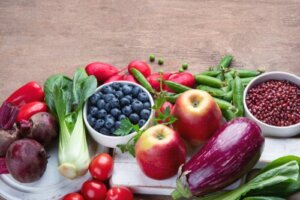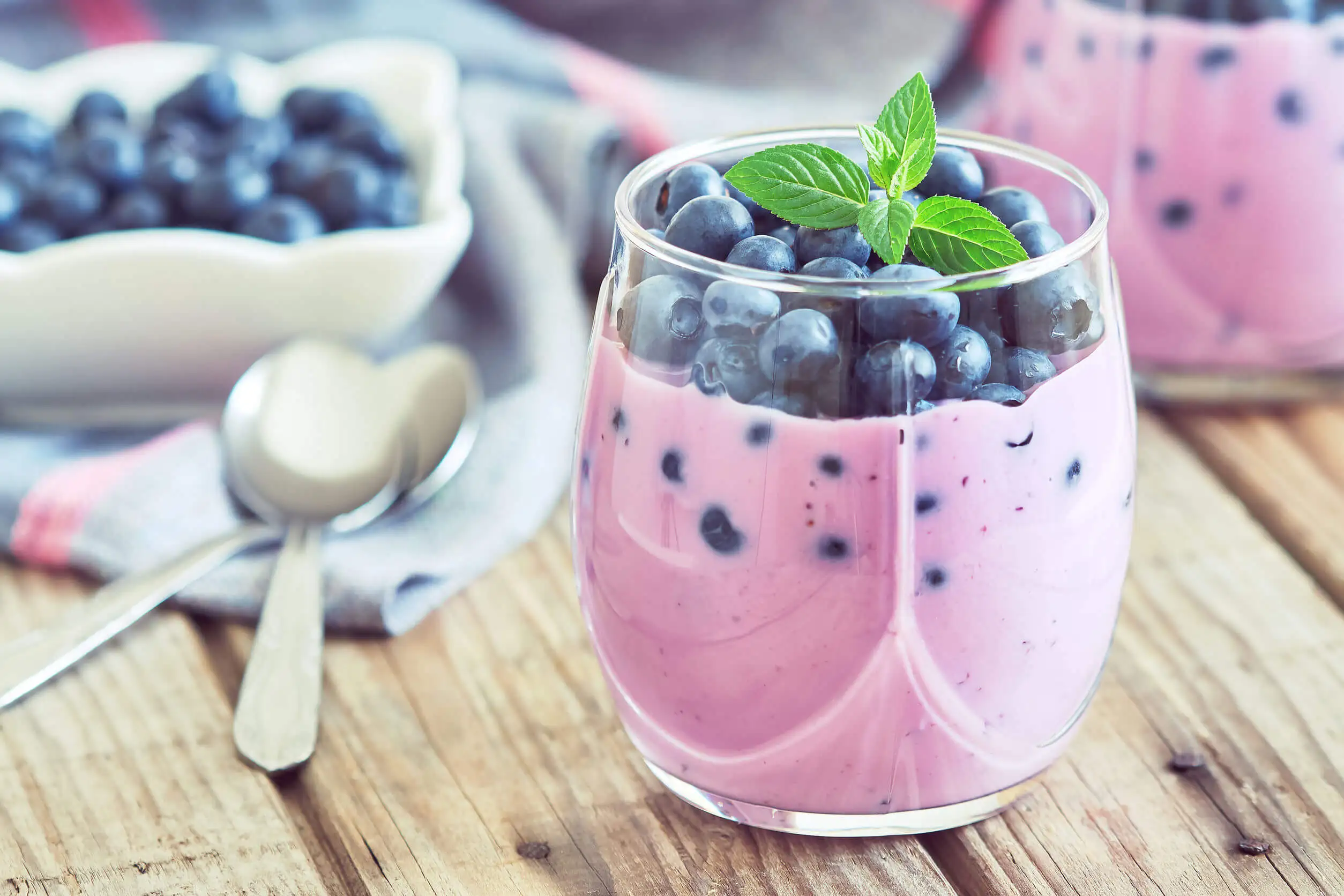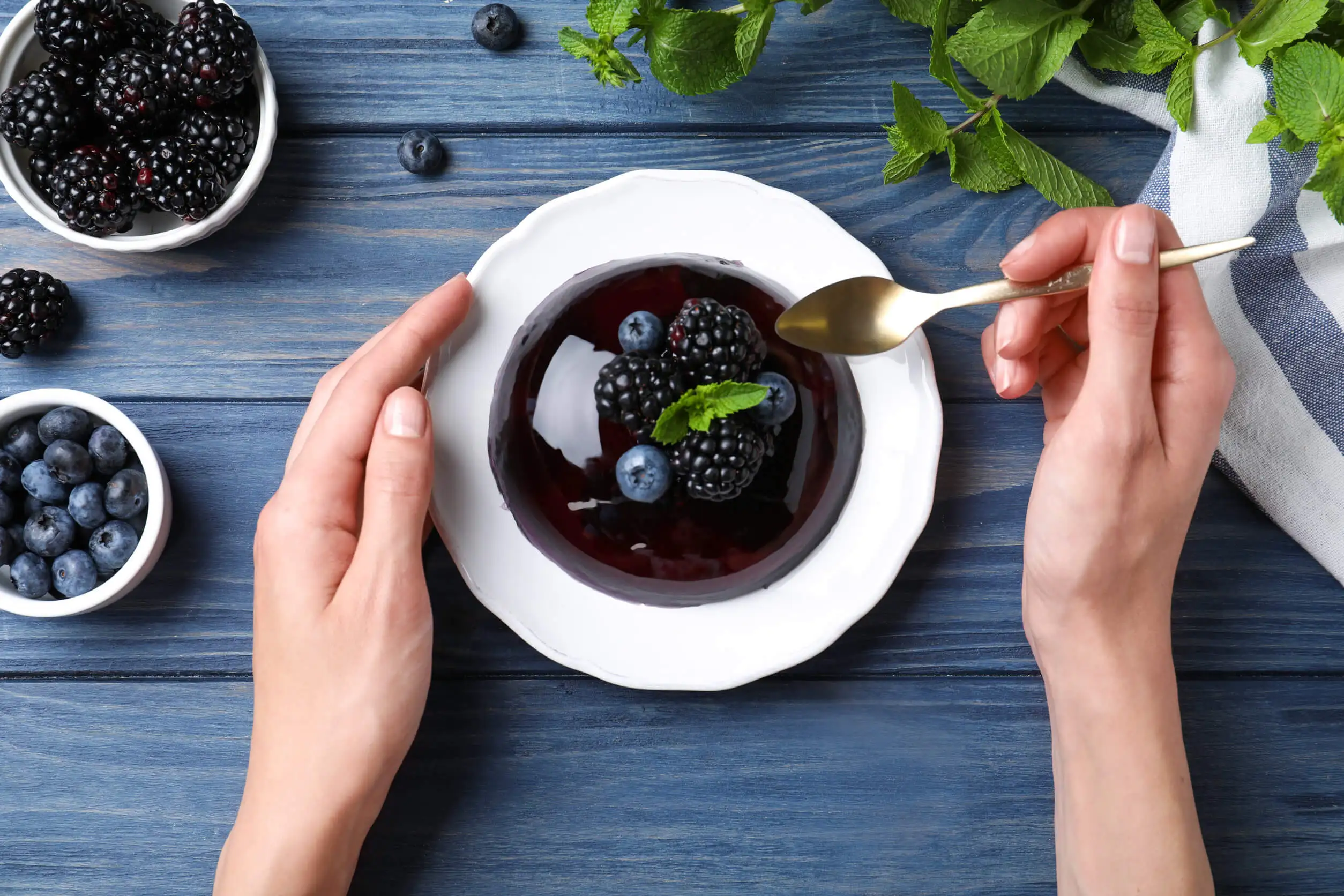4 Benefits of Anthocyanins for Your Health


Written and verified by the nutritionist Saúl Sánchez Arias
Anthocyanins are phytochemicals with many health benefits. They’re found in certain foods of plant origin and manage to improve the efficiency of physiological processes at the internal level. In fact, their regular consumption is recommended to prevent alterations that may lead to the development of chronic and complex pathologies. In fact, it’s even possible to take them in the form of supplements.
Before starting, it’s necessary to emphasize the importance of guaranteeing the presence of foods of vegetable origin in the diet. Above all, it’s important to ensure variety. Fruits and vegetables provide many important phytonutrients and micronutrients for the human body. They’re inversely associated with the risk of death from any cause, so they should be an important part of any diet.
The benefits of anthocyanins
Here are the main benefits of anthocyanins. Remember that to get the most out of them, you must ensure that there are no nutritional deficits. Otherwise, the body may experience inefficiencies in its functioning. If you have any doubts about this, you can always consult a nutrition professional for a personalized plan.
They help to delay aging
Anthocyanins act as antioxidants. They’re able to neutralize the formation of free radicals and their subsequent accumulation in the body’s tissues. This effect is related to a slower rate of aging, as evidenced by research published in the journal BioMed Research International. It’s important to keep oxidation and inflammation under control in the internal environment so that tissues don’t lose functionality.
They prevent the development of chronic diseases
Many complex diseases are caused by an imbalance in the state of homeostasis. This is partly due to bad habits and a low intake of antioxidants and vitamins.
Therefore, including anthocyanins in the diet can be decisive in correcting the problem. In fact, according to a study published in Alternativa Therapies in Health and Medicine, regular consumption of these compounds would help prevent the onset of diabetes and cardiovascular pathologies.
They’re effective for certain types of cancer
It’s important to note that the antioxidant power of anthocyanins could help reduce the incidence of certain types of cancer. By neutralizing free radicals, they reduce damage to cellular DNA, which prevents the formation of tumor elements that can reproduce uncontrollably.
It’s true that there’s still a lack of evidence in this regard, but everything seems to indicate that regular consumption of antioxidant elements can help to limit the incidence of several types of tumors in the body.

We think you may also enjoy reading this article: The Nutritional Value of Red Fruit and Vegetables
They help improve sports recovery
Antioxidants are also determinants in sports recovery processes. High-intensity exercise increases the formation of free radicals and their accumulation in the tissues.
It’s true that the body itself has a series of mechanisms to correct this problem and return to a situation of equilibrium. However, they’re often not as fast as one would expect. To enhance the function, the alternative is to include exogenous antioxidants in your diet.
However, it’s important to optimize their intake. If they’re consumed chronically, adaptive processes, such as hypertrophy, could be jeopardized. In fact, an article published in the International Journal of Environmental Research and Public Health confirms this.
Antioxidants in large quantities interfere with cell signaling pathways, leading to alterations in internal physiology. Thus, they should only be supplemented at times of high stress or high load and not on a chronic basis.
Where are anthocyanins found?
You already know the main benefits of anthocyanins. It’s now time to discuss where they are found in the greatest proportion. These are a series of substances that are usually present in red or dark purple vegetables. A typical example would be blueberries. Also, the concentration is high in beet, blackberries, and cherries.

There are many alternatives to ensure the presence of these compounds in the diet on a regular basis. Even eggplants are a good source of them. On the other hand, there are different anthocyanin supplements on the market available to the consumer. However, they shouldn’t be consumed without the supervision of a specialist, especially when it comes to ensuring that you’re also getting healthy exercise.
Like this article? You may also like to read: The Influence of Food Processing on the Nutritional Value of Foods
Anthocyanins: Antioxidants that are very beneficial for the body
As you’ve seen, anthocyanins are substances with many health benefits. They modulate oxidation in the internal environment, favoring tissue recovery after exercise and reducing possible damage to cellular DNA. They’re important elements in the prevention of chronic and complex diseases. For this reason, it’s recommended that they form part of your diet on a regular basis.
Finally, it should be noted that it’s not only our diets that matter when seeking to improve the functioning of the human body. It’s necessary to implement a series of good habits as a whole. Among all of them, the practice of physical exercise on a regular basis is key. Above all, it will be necessary to prioritize muscular strength. In this way, inflammation in the body can be kept under control.
All cited sources were thoroughly reviewed by our team to ensure their quality, reliability, currency, and validity. The bibliography of this article was considered reliable and of academic or scientific accuracy.
- Sadowska-Bartosz, I., & Bartosz, G. (2014). Effect of antioxidants supplementation on aging and longevity. BioMed research international, 2014, 404680. https://doi.org/10.1155/2014/404680
- Gaiz, A. A., Mosawy, S., Colson, N., & Singh, I. (2018). Potential of Anthocyanin to Prevent Cardiovascular Disease in Diabetes. Alternative therapies in health and medicine, 24(3), 40–47.
- Higgins, M. R., Izadi, A., & Kaviani, M. (2020). Antioxidants and Exercise Performance: With a Focus on Vitamin E and C Supplementation. International journal of environmental research and public health, 17(22), 8452. https://doi.org/10.3390/ijerph17228452
This text is provided for informational purposes only and does not replace consultation with a professional. If in doubt, consult your specialist.








